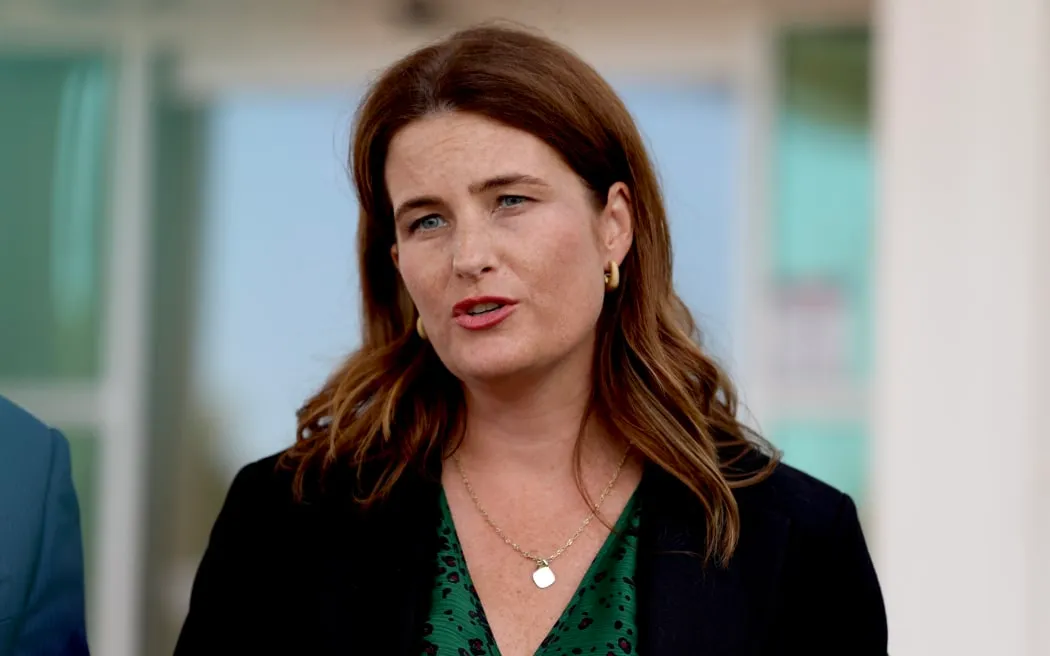Peter J Morgan
Peter J Morgan BE (Mech.), Dip. Teaching – professional forensic engineer, retired economics, mathematics and physics teacher
PART 11 of 18
As described in Part 9 of this article, the unprecedented announcement by the UK government that it would create huge sums of money ex-nihilo and spend it into the UK economy effectively destroyed one of the basic tenets of neoliberalism – that government budgets must be operated in the same way that business and household budgets must be operated, namely that budget deficits must be financed by issuing debt, in the form of bonds, to the ‘market’. In practice, the vast majority of government debt (in the legal form of bonds) is bought by banks which issue ex-nihilo their own debt, in the form of bank deposits, to ‘pay’ for it, thus increasing the money supply whilst simultaneously providing themselves with a lucrative revenue stream in the form of interest that must be paid by taxpayers. This, of course, is a major contributor to the ‘wealth pump’ effect of the present banking and monetary system, as it transfers wealth from wage and salary earners, business owners and entrepreneurs – who all act to create wealth – to banks’ shareholders.
Thus, a truth long-known by a few macroeconomists and monetary reformers – that sovereign governments have the power to create new money and spend it into permanent circulation without necessarily causing inflation – is in the process of becoming public knowledge. The genie, once out of the bottle, as it were, can never be put back in. This has the potential to bring about the demise of neoliberalism – if only our schools and universities could be persuaded, or forced, to teach the truth about banking and money.
In an article published on 6 April 2020 on the website of Business and Economic Research Ltd (BERL), Victoria University of Wellington economist Dr Geoff Bertram describes the fundamental error in the analogy that the budget of the government of a sovereign nation such as New Zealand is similar to a household’s or private business’s budget. He explains that rectifying this fundamental error results in a sound, valid, and credible option of “helicopter money” – i.e. the state’s printing of money – albeit electronically – and gifting it to the people.
An article by economist Dr Ganesh Nana of BERL followed, backing up what Dr Bertram had written.
Note that the RBNZ does not have to continue to be so generous to the banks that it pays interest at the OCR on banks’ surplus reserves. The RBNZ could easily change the rules back to what they were before the financial deregulation of the mid-1980s, and no longer pay interest on banks’ surplus reserves. This would reduce the cost to the RBNZ of directly funding government deficits by creating reserves ex-nihilo and gifting them to government for direct spending on, for example, infrastructure. Newly-created reserves directly spent into the economy by the government quickly become extra reserves in the banking system. This point is especially relevant during this time of extraordinarily large government deficits during the Covid 19 pandemic. It needs to be much more widely understood – by RBNZ economists, Treasury economists, politicians and the public, that:
(a) When either central government or local government finances deficit spending by selling bonds to trading banks – which is equivalent to borrowing from them and is the predominant method that both central government and local governments use to finance deficit spending – the trading banks create new money ex-nihilo to buy those newly issued government bonds, and this increases the money supply.
(b) When government finances deficit spending by selling bonds to the RBNZ (which it owns and is therefore in effect borrowing from itself money which it never needs to repay), this also increases the money supply.
(c) Neither (a) nor (b) cause inflation if they merely cause previously unused resources to be used.
(d) In the event that new money creation would cause inflation, neither central government nor local governments should borrow from trading banks or be gifted newly created money – in the form of reserves – by the RBNZ. Rather, they should borrow existing money from non-banks – both from institutions and from private citizens.
(e) Points (a), (b), (c), and (d) above illustrate why the government should change the rules so that the RBNZ no longer pays interest to trading banks on their excess reserves, and thus ceases to, in effect, subsidise the ‘top-end-of-town’.
Examples of Public Money Creation:
1. Does Public Money Creation Always Lead to hyperinflation? It Didn’t in Britain
2. Hyperinflation: How the Wrong Lessons Were Learned from Weimar and Zimbabwe
3. Money Creation for the Public – Even the Ancients Were Doing it!
4. Public Money Creation in Guernsey and Pennsylvania
5. An Old Japanese Recipe for Thwarting economic recessions – Public Money Creation!
6. Money Creation for the Public in Germany – Moving Beyond Weimar








